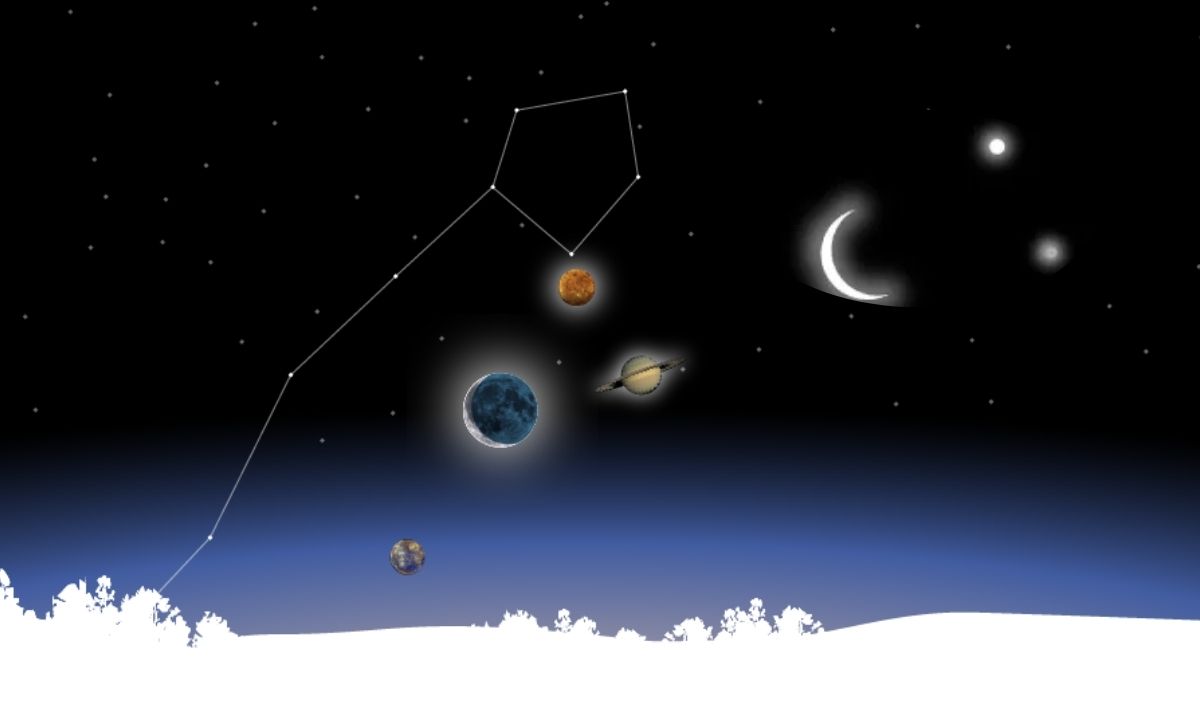Scientists believe they may have found signs of alien life on a distant planet called K2-18b, which is 120 light-years from Earth. This planet might have something in its atmosphere that is only produced by living organisms on Earth — a chemical called dimethyl sulfide.
What is K2-18b and why does it matter?
K2-18b is an exoplanet, which means it orbits a star outside our solar system. It’s much bigger than Earth and belongs to a group of planets known as sub-Neptunes. These planets are larger than rocky planets like Earth but smaller than gas giants like Neptune.
What is a Hycean planet?
In 2021, scientists introduced the term Hycean — a mix of “hydrogen” and “ocean.” They suggested that planets like K2-18b could have warm oceans and thick hydrogen-rich atmospheres. These conditions might support life, even if the planet looks very different from Earth.
A powerful telescope makes it possible
Thanks to the James Webb Space Telescope (JWST), launched in 2021, astronomers can now look closely at distant planets. When a planet passes in front of its star, light from the star travels through the planet’s atmosphere. This light changes slightly depending on the chemicals in the atmosphere, and scientists can use that data to figure out what’s there.
Life’s chemical signature appears
In 2023, researchers studying K2-18b found hints of dimethyl sulfide (DMS) — a molecule made of sulfur, carbon, and hydrogen. On Earth, this compound is only made by living organisms, especially marine algae. The presence of DMS on another planet could mean life exists there too.
Second observation confirms the signal
Later, the same research team studied the planet again using a different tool on the Webb telescope. This time, the signal for dimethyl sulfide was even stronger, along with a related chemical called dimethyl disulfide. These results surprised the scientists, who spent a lot of time double-checking the data.
Could K2-18b be full of alien oceans?
The researchers believe this strong signal means K2-18b could have huge oceans filled with life, much like Earth’s seas. If true, this would be the first real sign of life beyond our planet.
Not all scientists agree yet
Other experts, however, are more cautious. Some suggest that K2-18b might actually be a rocky planet covered in lava and wrapped in a thick, hot atmosphere — not a place where life could easily survive. More studies are needed to figure out the planet’s true nature.
Testing the theory on Earth
To better understand these findings, scientists want to run lab experiments. They plan to recreate the conditions of a Hycean planet to see how chemicals like dimethyl sulfide behave outside of Earth’s environment.
What happens next in the search for life?
The Webb telescope will continue observing K2-18b and other planets. NASA is also working on even more powerful telescopes that could help confirm whether planets like this one are truly habitable.
A slow but exciting journey
Even if these findings are promising, scientists know it will take years of careful research to prove that life exists on other worlds. As one scientist said, “We won’t be sure unless we see E.T. waving at us.”
Some fear future space research may slow down
There is concern that budget cuts might stop future space missions. If funding is reduced, especially in the United States, the search for alien life could come to a halt.
Lastly on the discovery
While no one is shouting “aliens!” just yet, many scientists are hopeful. The discovery on K2-18b could be the beginning of a new era in space exploration, one that might one day answer the age-old question: Are we alone in the universe?








